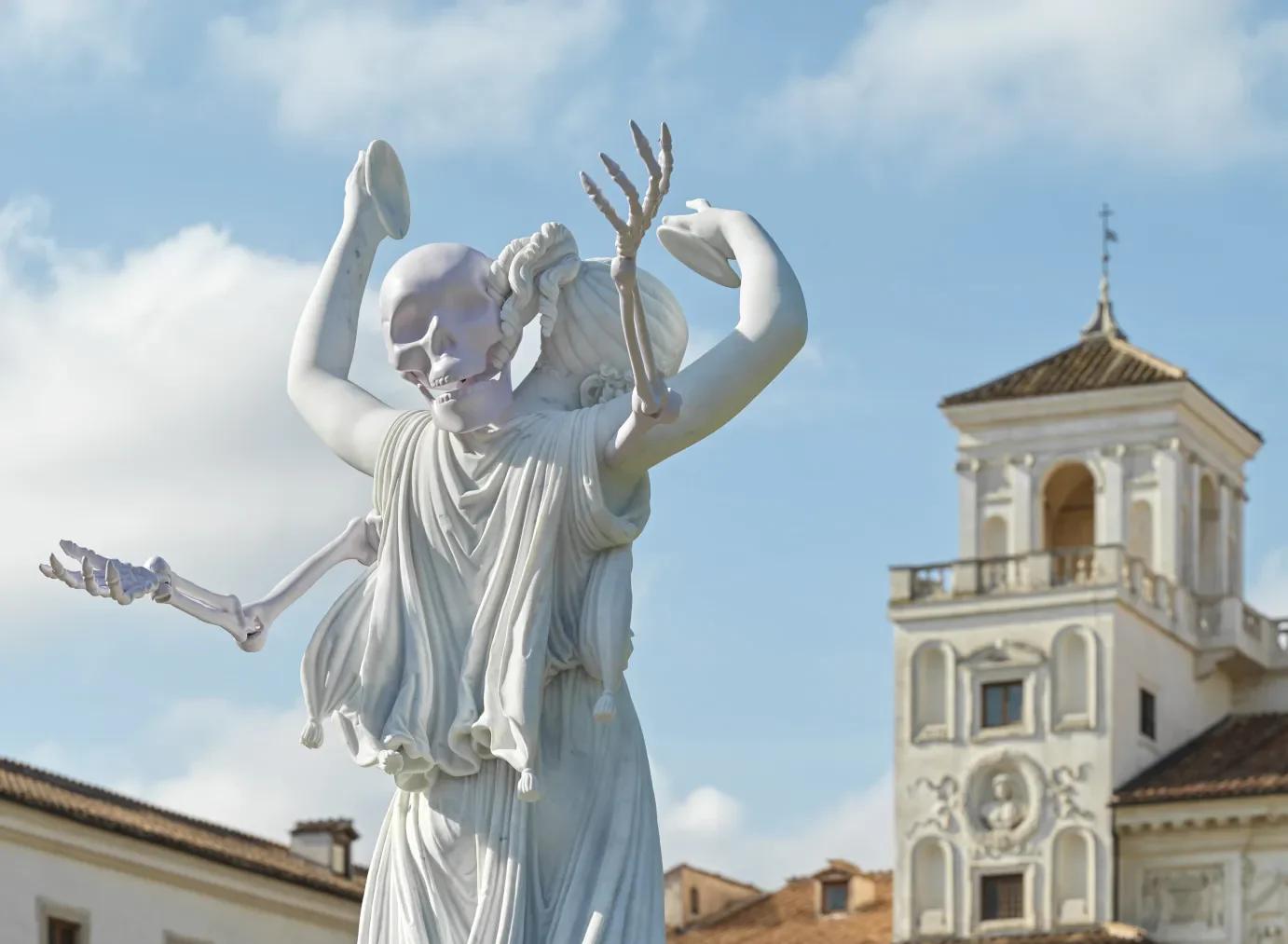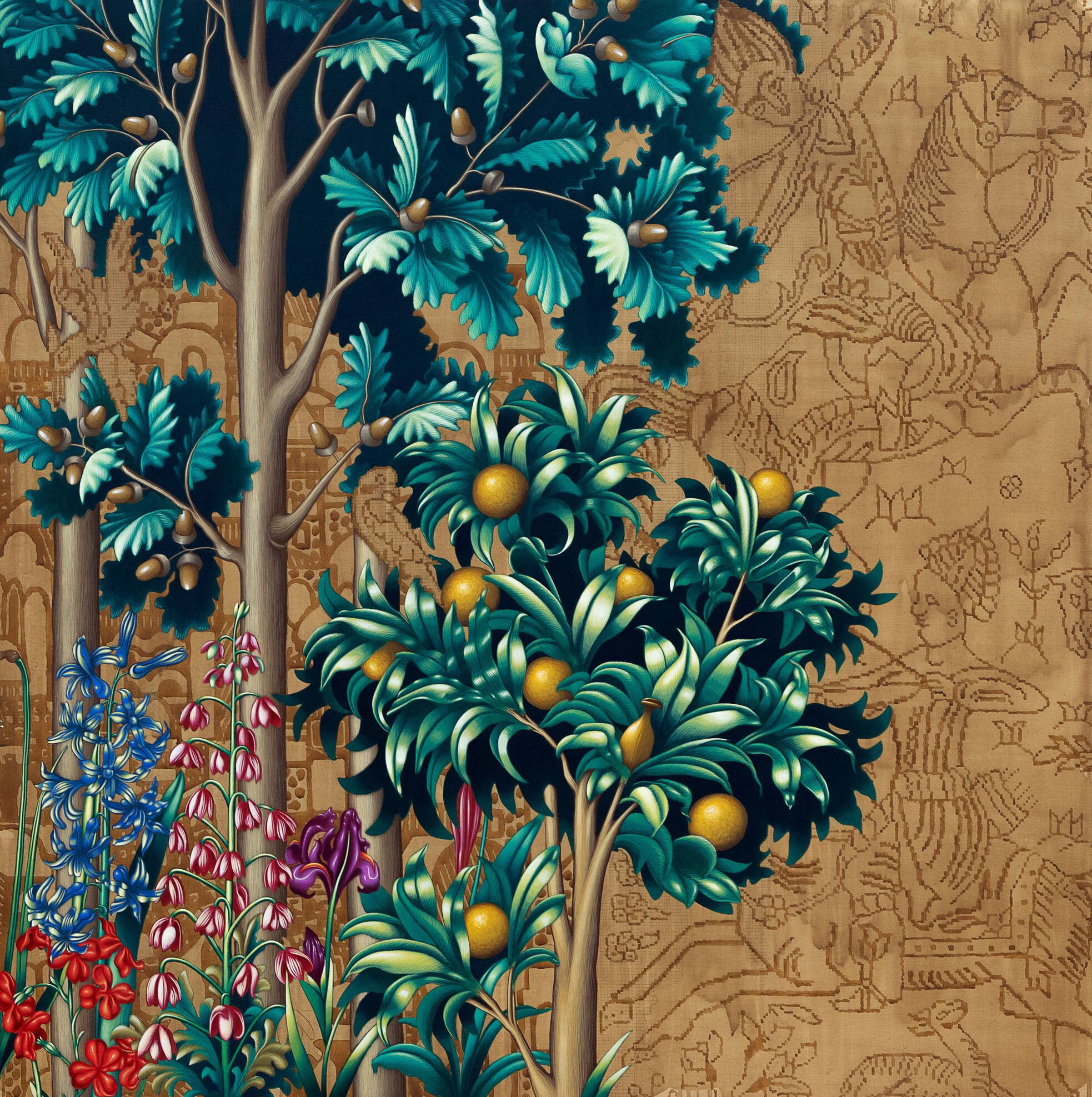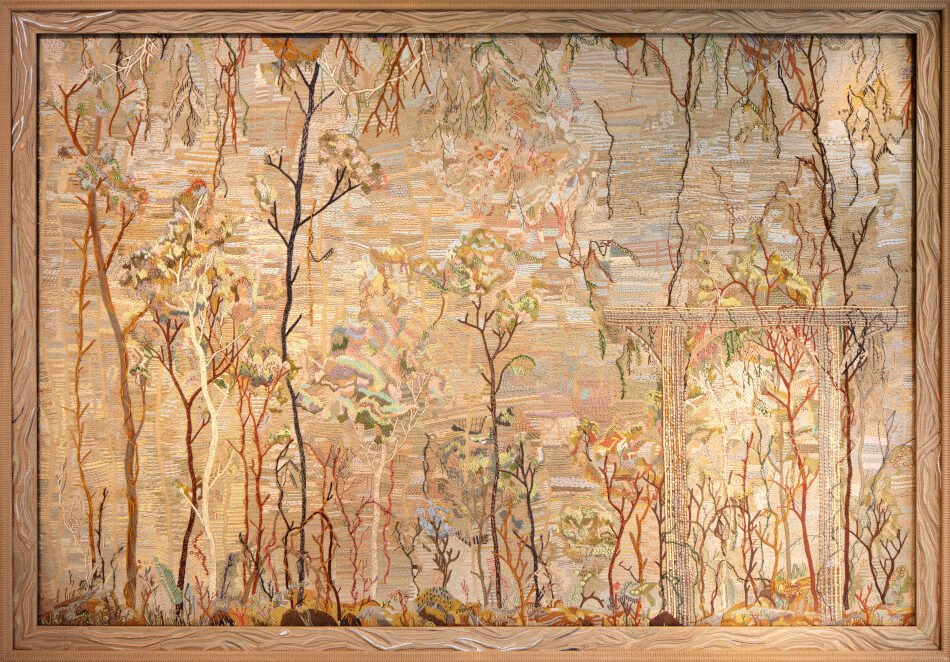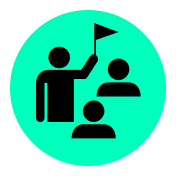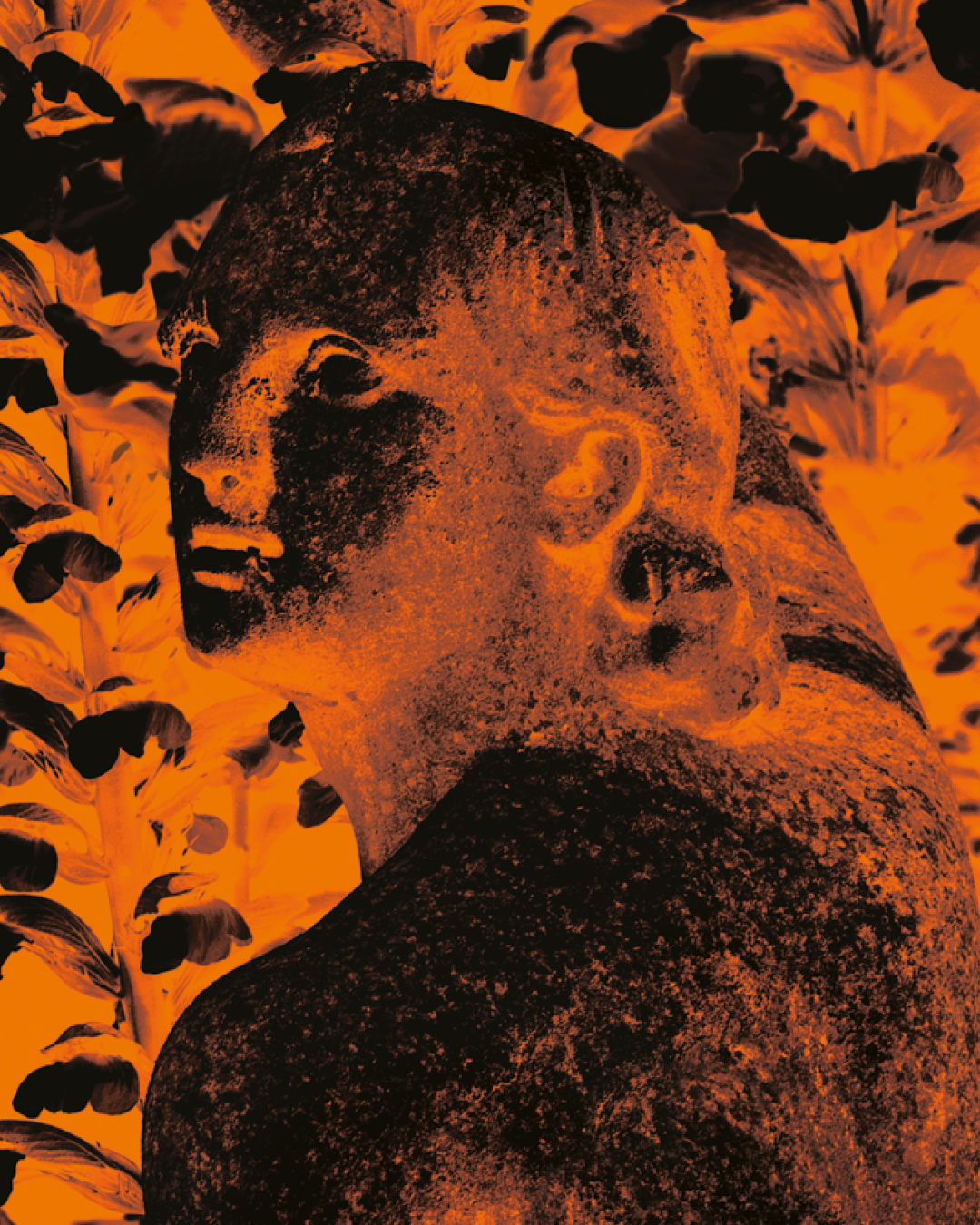Search
Cambiare l'ottica
Programmed by Pierre Von-Ow, fellow 2024–2025
16.06.2025
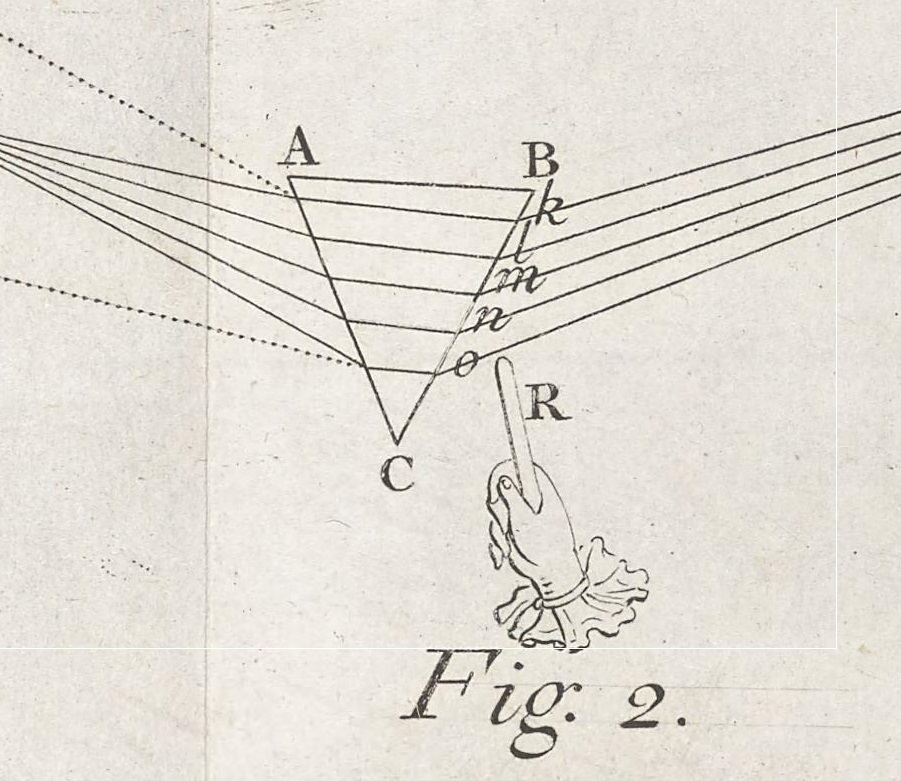
Can you touch a color? In the Age of Enlightenment, we thought so. In his biography of his friend and former colleague Professor Nicholas Saunderson (1682-1739), Dr. Richard Davies is careful to point out: “he could not, as some have imagined, […] distinguish Colours by that Sense; and having made repeated Tryals himself, he used to say, it was pretending to Impossibilities.” Blind at the age of one, Saunderson became one of the most famous mathematicians of the first half of the 18thcentury after being appointed to the professorship held by Sir Isaac Newton at Cambridge University. But where did this curious idea come from, that a blind person would be able to touch a color? And what does it say about the potentialities and fantasies surrounding human perception?
These questions are the starting point for this study day. In his introductory presentation, Pierre Von-Ow will show that the myth of a blind person able to discriminate colors by tact has its origins in experimental chemistry in the 17th century, and permeates the scientific and artistic imagination of the following century. Michele Mele will talk about the life and work of Nicholas Saunderson, and in particular about the tactile tablet he developed for the study of arithmetic and geometry. Angela Lucinio will conclude the meeting with a talk on the work of the blind pedagogue Augusto Romagnoli (1879-1946), founder of the institute that today bears his name in Rome and author of a little-known text on light and color.
This event is organized by fellow Pierre Von-Ow in collaboration with the Art History department.
Pierre Von-Ow
Pierre Von-Ow (1992, France), fellow 2024-2025 at Villa Medici, is a researcher in art history and curator, with degrees from Université Paris 1 Panthéon-Sorbonne and Columbia University. His work focuses on the intersections between art and science in the modern era. In 2024, he defended a thesis at Yale University on the history of perspective in Great Britain and the British Empire in the 17th and 18th centuries. In 2021, he curated the virtual exhibition William Hogarth’s Topographies for the Lewis Walpole Library. Among his publications, he recently co-edited an anthology of Jean-Claude Lebensztejn’s writings on cinema(Propos filmiques, Paris, Macula, 2021) and a special issue of the journal Écrans on William Hogarth and cinema (Paris, Garnier, 2024).
Michele Mele
Michele Mele is a mathematician and researcher at the University of Sannio. He is interested in combinatorial optimization, the history of science and the didactics of mathematics, with a particular focus on accessibility and inclusion. He is the author of two books on the history of visually impaired and blind mathematicians and scientists: L’Univers entre les doigts (2021) and L’Appel de la rue (2023).
Angela Lucinio
Angela Lucinio, teacher and trainer at the State Institute “Augusto Romagnoli” for the specialization of educators for the visually impaired, and PhD candidate in Educational and Social Research and Theory at the Department of Education Sciences, Roma Tre University.
Practical information:
Monday June 16th
3:30 pm to 6:30 pm
Language: Italian, with simultaneous translation into French
Free
Booking
We want everyone to be able to fully participate in this symposium. If you have specific accessibility needs, please don’t hesitate to contact us at the following address so that we can implement the necessary measures to welcome you in the best possible conditions: [email protected]
